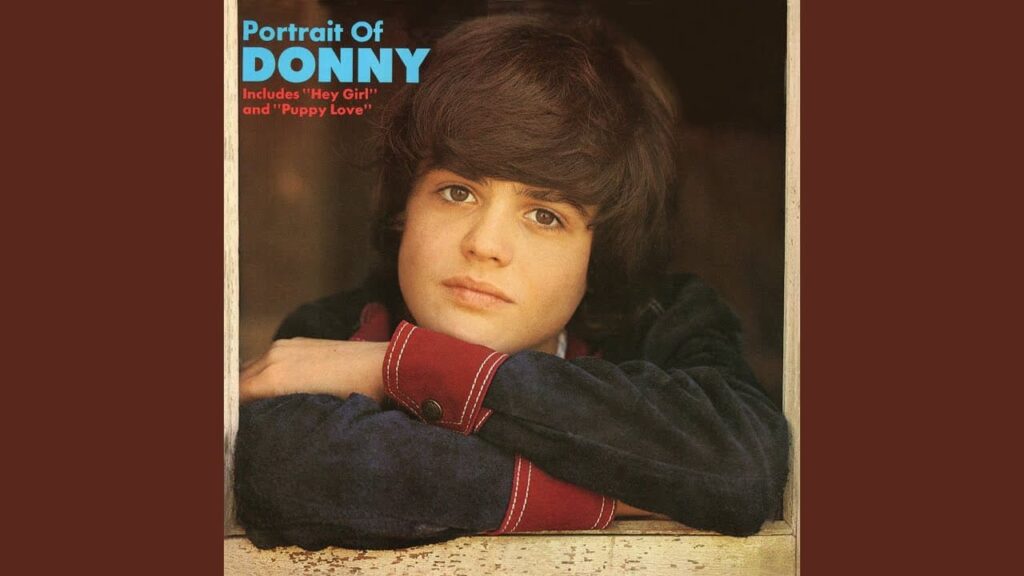
An unexpected, utterly sincere confession of deep, adult love by the ultimate teen heartthrob.
While this magnificent track was never released as a standalone single at the time, its impact was felt through the sheer star power of the album it graced. The record, Portrait of Donny, was a colossal success, perfectly capturing the fever of Donny’s solo career. The album itself, released in 1972, climbed the charts to a peak position of No. 6 on the Billboard Top LPs chart in the United States and reached No. 5 on the UK Albums Chart. To fully grasp the context, you must remember that the actual singles taken from this album were the aforementioned, chart-topping smashes—“Puppy Love” and “Hey Girl”—songs that cemented his dominance over the teen market. “This Guy’s in Love with You” was the deep cut, the subtle jewel that older listeners, perhaps those who bought the album for their daughters, kept coming back to.
The song’s origins are, of course, a slice of pop history. It was originally a surprise No. 1 hit for Herb Alpert in 1968, marking a departure from his instrumental work with the Tijuana Brass. Written by the legendary duo of Bacharach and David, the song is a direct, anxious plea for reassurance, a moment of startling vulnerability from a man utterly consumed by love. It’s a sophisticated, mature lyric that asks: “You see this guy, this guy’s in love with you / What do you think you should do?”
So, why did a seventeen-year-old Donny Osmond choose to tackle such a song? That’s where the nostalgia hits. For his audience, the choice was audacious, yet perfectly aligned with the persona the young idol was building. His voice, still pure and clear, brought an almost fragile quality to the declaration. His rendition stripped away the easy confidence of Alpert’s original, replacing it with a nervous, sincere innocence. It was the sound of a boy trying to be a man, and in doing so, he made the adult emotion of the lyric feel universally relatable. When Donny sang that line, it wasn’t a world-weary crooner; it was the earnest hope of a first, all-consuming love, making the song an emotional powerhouse for the young women who adored him. It gave his loyal fans a glimpse into the depth of feeling they projected onto their idol, transforming a sophisticated pop standard into an intimate, personal confession. It remains a poignant, beautiful reminder of the era when Donny Osmond could make a simple look, a turn of phrase, or a beautiful ballad feel like the most important thing in the world.